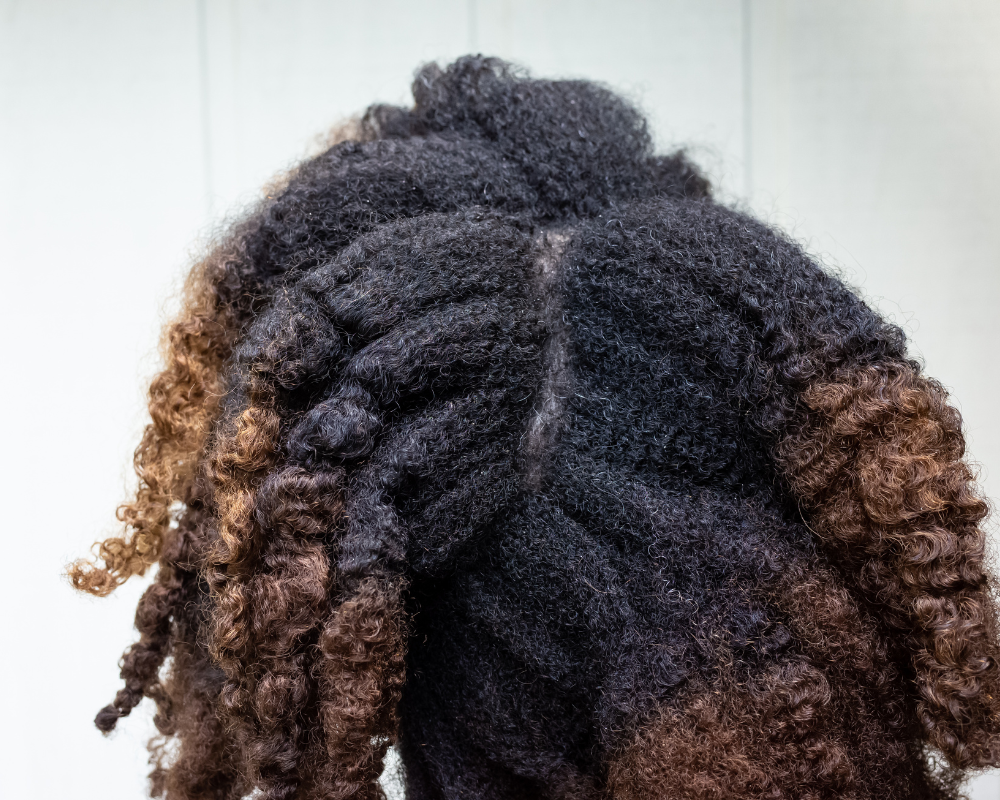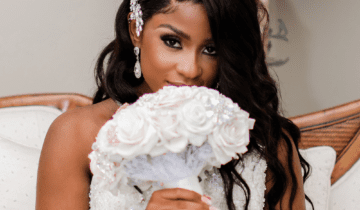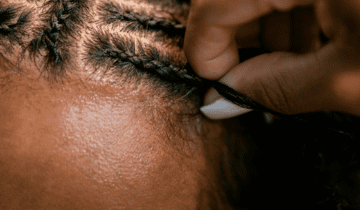In the realm of haircare, black women face a unique set of challenges and opportunities. Our hair comes in many textures, each requiring special attention and care. Hair porosity is one of the fundamental factors to consider when caring for black women’s hair.
Understanding your hair’s porosity level is crucial for selecting the right products and crafting a haircare routine that nurtures your locks to their fullest potential. In this comprehensive guide, we’ll delve into the fascinating world of hair porosity, helping you determine your hair’s porosity level, suggesting the best products for your specific hair type, and offering valuable tips for achieving and maintaining healthy, beautiful hair.
Hair Porosity: The Basics
Before we dive into the specifics, let’s establish a foundational understanding of hair porosity. Porosity refers to your hair’s ability to absorb and retain moisture. Understanding your hair’s porosity level is vital because it directly impacts how you should care for your hair and which products will work best for you.
There are three primary levels of hair porosity:
- Low Porosity: Hair with low porosity has a tightly sealed cuticle layer, making it resistant to moisture absorption. While it may repel moisture initially, once it’s absorbed, it retains it well. Low-porosity hair often feels dry and takes longer to wet in the shower.
- Normal/Average Porosity: The ideal porosity level where the cuticle layer is tightly sealed and porous. Hair with average porosity absorbs and retains moisture healthily, making it less prone to frizz and damage.
- High Porosity: High-porosity hair has a cuticle layer that is overly porous and damaged, allowing moisture to be quickly absorbed but challenging to retain. This type of hair often appears dry and frizzy, and it is more susceptible to damage from heat and environmental factors.
Now that we’ve covered the basics of hair porosity let’s explore how to determine your hair’s specific porosity level.
How to Determine Your Hair Porosity
Discovering your hair’s porosity level is a simple process that can be done at home. Here are two popular methods to help you determine your hair porosity:
- The Water Test:
-
- Start with clean, dry hair.
- Fill a glass with room-temperature water.
- Take a strand of hair and place it in a glass of water.
- Observe what happens:
-
- You have low-porosity hair if the hair floats on the water’s surface.
- If the hair sinks slowly, you have normal porosity hair.
- If the hair sinks quickly, you have high-porosity hair.
-
- The Slip ‘n’ Slide Test:
-
- Take a strand of hair and run your fingers up and down the strand.
- Pay attention to how the strand feels:
-
- You likely have low-porosity hair if your fingers slide smoothly without much friction.
- If you feel friction, but your fingers move relatively quickly, your hair is probably of average porosity.
- You may have high-porosity hair if your fingers catch on the strand and it feels rough.
-
Once you’ve determined your hair’s porosity, it’s time to select the right products and establish a haircare routine tailored to your specific needs.
Hair Products for Your Hair Porosity
Now that you have a better understanding of hair porosity and have identified your own let’s explore the best products and practices for each porosity type:
Low Porosity Hair
Low-porosity hair requires products and techniques that help open the cuticle layer to allow moisture in. Here’s what to look for:
- Clarifying Shampoos: These help remove product buildup that can further seal the cuticles. Use them sparingly, once a month.
- Lightweight, Water-Based Conditioners: Opt for water-based conditioners that don’t contain heavy oils. These are easier for low-porosity hair to absorb.
- Leave-In Conditioners: These can provide extra moisture retention.
- Heat: Applying heat during deep conditioning treatments can help open the cuticle and allow moisture to penetrate. Use a hooded dryer or a warm, damp towel.
- Avoid Heavy Oils: Thick oils can weigh down low-porosity hair, so use them sparingly.
Normal Porosity Hair
Normal-porosity hair is relatively easy to maintain, but it still benefits from a balanced approach to haircare:
- Balanced Products: Look for products formulated for normal porosity hair that provide moisture without overloading the strands.
- Regular Deep Conditioning: Regularly condition your hair to maintain its health and moisture balance.
- Heat Styling Protection: If you use heat styling tools, always apply a heat protectant to prevent damage.
High Porosity Hair
High-porosity hair needs products that can help repair and seal the cuticle to prevent excessive moisture loss:
- Protein Treatments: These can help strengthen and repair damaged cuticles.
- Heavy, Creamy Conditioners: Look for ingredients like shea butter and castor oil that can help seal the cuticle and lock in moisture.
- Leave-In Conditioners and Oils: These can help maintain moisture throughout the day.
- Protective Styles: Consider protective styles like braids or twists to minimize exposure to environmental factors that can further damage high-porosity hair.
General Tips for Healthy Haircare
Regardless of your hair’s porosity level, some general tips can promote healthy hair:
- Gentle Handling: Be gentle when detangling and styling your hair to minimize breakage.
- Regular Trims: Keep split ends at bay with regular trims to prevent them from traveling up the hair shaft.
- Diet and Hydration: A balanced diet and staying hydrated are essential for overall hair health.
- Avoid Overuse of Heat Styling: Excessive use of heat styling tools can damage your hair over time. Opt for protective styles when possible.
- Protective Bedtime Routine: Use satin or silk pillowcases and headscarves to reduce friction and minimize moisture loss during sleep.
- Consult a Professional: If you’re struggling with specific hair issues or concerns, consider consulting a professional hairstylist specializing in your hair type.
In conclusion, understanding your hair’s porosity is a game-changer in your haircare journey, especially for black women with diverse hair textures and needs. Armed with this knowledge, you can make informed choices about your products and practices to ensure that your hair thrives. Remember that healthy haircare is not a one-size-fits-all approach, so take the time to experiment and discover what works best for your unique hair type. With the proper care, your hair can shine and flourish like never before.




